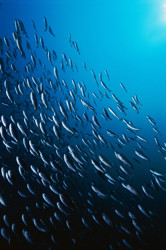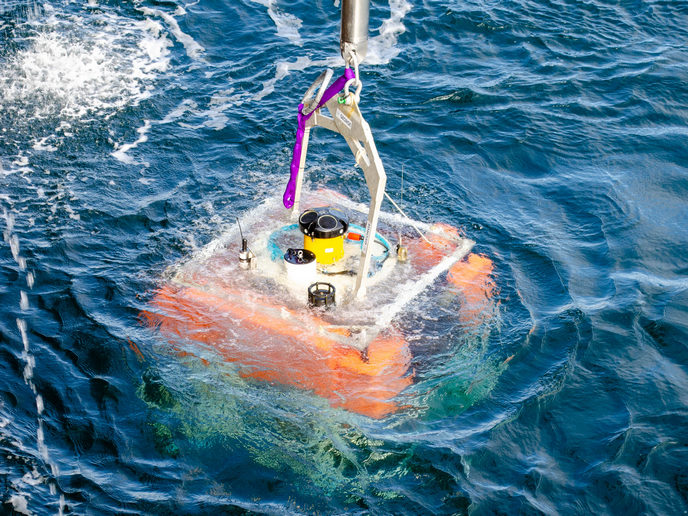Ecosystem functions of cyanobacteria
Synechococcus is a genus of cyanobacteria that are responsible for approximately 25 % of the photosynthesis taking place in the ocean. Various species have evolved to fill different ecological niches based on differences in nutrients or physical conditions. The EU-funded 'Do Synechococcus regulatory networks underpin marine ecological distinctness?' (SYNERGY) project studied how gene regulation affects the distribution of these different species of Synechococcus. The project focused on iron availability, since it is a nutrient that fluctuates between different parts of the ocean. Researchers found that in a coastal Synechococcus strain, iron starvation switched on a large number of genes to decrease iron demand. In contrast, strains found in the open ocean showed no such regulation under iron stress. SYNERGY also studied the relationship between Synechococcus and a heterotrophic (non-photosynthesising) plankton called Roseobacter. They found that when grown together, Synechococcus switched on genes to process the organic waste produced by Roseobacter. An unforeseen outcome of this research was a new method to genetically manipulate Synechococcus strains by growing it with other organisms such as Roseobacter. Overall, SYNERGY has furthered our understanding of this important genus of bacteria.







